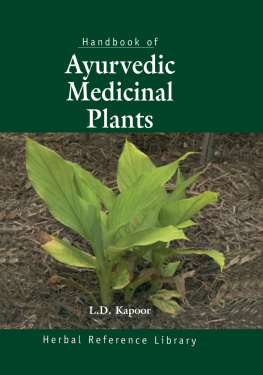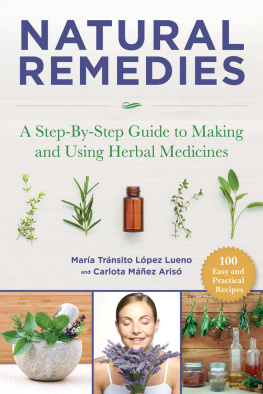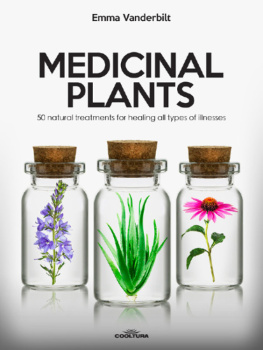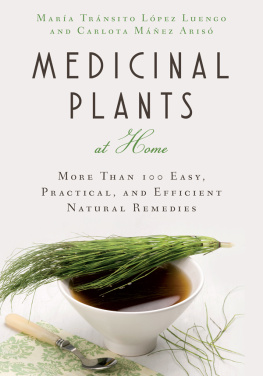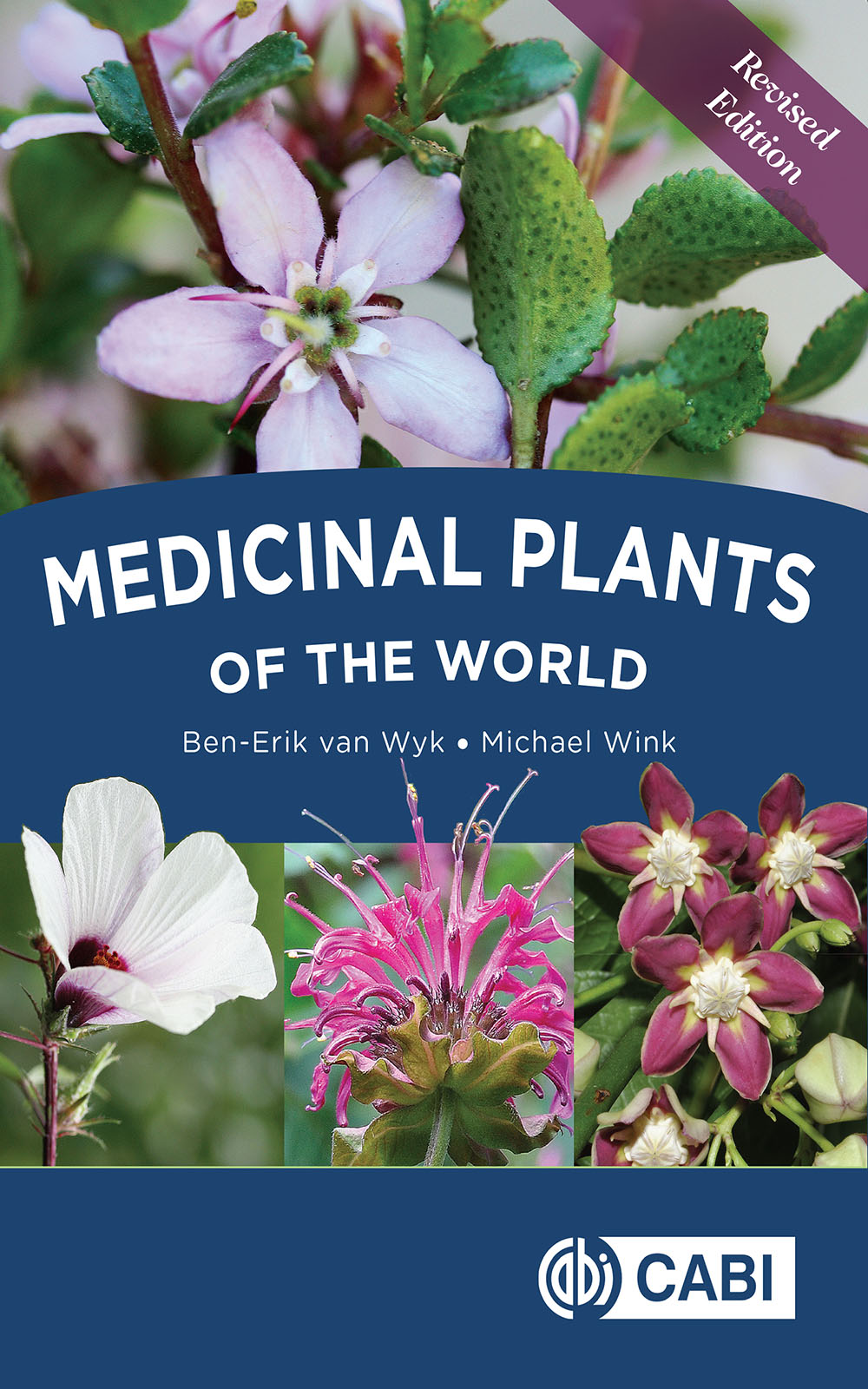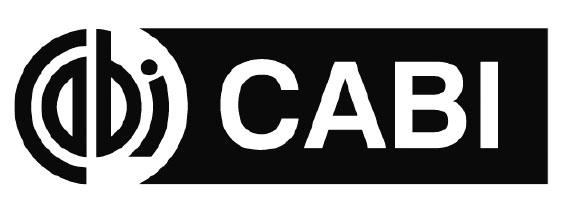Addresses of authors
Prof Dr Ben-Erik van Wyk
Department of Botany and Plant Biotechnology
University of Johannesburg
PO Box 524, Auckland Park 2006
Johannesburg, South Africa
Prof Dr Michael Wink
Institute of Pharmacy and Molecular Biotechnology
Heidelberg University
Im Neuenheimer Feld 364
69120 Heidelberg, Germany
Published in South Africa by
BRIZA PUBLICATIONS
CK 1990/011690/23
PO Box 11050
Queenswood 0121
Pretoria
South Africa
www.briza.co.za
Published in all regions except South Africa, Australia and New Zealand by
CABI, a trading name of CAB International
CABI
Nosworthy Way
Wallingford
Oxfordshire OX10 8DE UK
Tel: +44 (0)1491 832111
E-mail: info@cabi.org
Website: www.cabi.org
CABI
745 Atlantic Avenue
8th Floor
Boston, MA 02111 USA
Tel: +1 (617)682 9015
E-mail: cabi-nao@cabi.org
First edition, first impression, 2004
Second edition, first impression, 2017
Copyright in text: Ben-Erik van Wyk and Michael Wink
Copyright in photographs: Ben-Erik van Wyk and individual photographers listed
Copyright in published edition: Briza Publications
All rights reserved. No part of this publication may be reproduced or transmitted in any form or by any means without written permission of the copyright holders.
ISBN 978-1-786393-25-8 (printed book)
ISBN 978-1-786393-XX-X (E-PDF)
ISBN 978-1-786393-XX-X (EPUB)
ISBN 978-1-786393-XX-X (MOBI)
A catalogue record for this book is available from the British Library, London, UK.
Note that some of the terms used in this book may refer to registered trade names even if they are not indicated as such.
IMPORTANT WARNING
This book contains general information about medicinal plants and their uses. It is intended as a scientific overview and not as a medical handbook for self-treatment. Several medicinal plants described in this book have toxic ingredients and may cause severe allergic reactions or serious poisoning. Neither the authors nor the publishers can be held responsible for claims arising from the mistaken identity of plants or their inappropriate use. Do not attempt self-diagnosis or self-treatment. Always consult a medical professional or qualified practitioner.
Cover photographs (clockwise from top): Agathosma betulina , Mondia whitei , Monarda didyma and Hibiscus sabdariffa , all by Ben-Erik van Wyk.
Project manager: Rene Ferreira
Cover design: Ronelle Oosthuizen
E-book conversion: Purple Pocket Solutions
PREFACE
The aim of this book is to give the reader a birds eye view of more than 350 of the best-known medicinal plants of the world and their uses, in a compact, colourful and scientifically accurate reference text. A comprehensive review of each species was not our aim (this would have required several thousand pages) but rather a user-friendly guide to quickly find accurate answers to the most obvious questions: Where does this plant originate? What does it look like? In which culture is it traditionally used? What is it used for? Which chemical compounds does it contain? How safe is it? What is known about its pharmacological activity? What evidence is there that it is effective? We also provide short overviews of the various health conditions for which medicinal plants are used and the active compounds (secondary metabolites) found in the plants and their modes of actions.
Since maximum user-friendliness was our aim, species are arranged alphabetically by their scientific names (not by their family or drug names). The most commonly used vernacular names are given in several languages, together with well-known botanical synonyms. The regulatory STATUS of each plant is also given whether it is listed in one or more pharmacopoeias (abbreviated as pharm.), including the new European Pharmacopoeia (abbreviated as PhEur8), the German Commission E monographs, the new ESCOP monographs of the European Community, the World Health Organisations series of monographs and HMPC monographs of the European Committee on Herbal Medicinal Products (all species treated in the last-mentioned four works will be found in this book). If efficacy has been proven in human clinical trials, this is also indicated. In order to have as wide a coverage as possible, a summary table of more than 900 species was added, and a few plants have been treated as main species despite a lack of good photographs of flowers or fruits. We also thought it would be useful to cover those plants that are sources of medically important chemical compounds they are not really used as plant drugs and are therefore often excluded from books on medicinal plants.
The subject of medicinal plants is a highly active field of scientific study all over the world. Ongoing research, including name changes, makes it virtually impossible to keep up to date with all aspects of this vast topic. Furthermore, some species may actually have become more important than we are aware of, while others are now merely of historical interest. Corrections, criticism, additions and offers of high-quality original photographs would therefore be highly appreciated and can be sent to any of the authors.
The first edition of this book was published more than 10 years ago. The need therefore arose for a complete revision in order to reflect modern developments and to include new scientific data that have become available in recent years. This new and enlarged edition includes 28 new monographs of species and more than 230 new photographs.
Medicinal plants are an important part of human history, culture and tradition. Let us not be too sceptical about seemingly outrageous claims that are sometimes made about particular plants. Several centuries ago, lime fruits were given to British seamen who miraculously recovered from the symptoms of scurvy. It took science about 200 years to find out why (the discovery of vitamin C). It is likely that some traditional medicinal plants included here hold the key to new advances of great importance to human health. We hope that this book will be found useful as a quick reference guide to medicinal plants of the world and that it will stimulate and inspire health care practitioners, students and anyone else interested in medicinal plants to find out more about this fascinating subject.
Ben-Erik van Wyk
Michael Wink
February 2017
INTRODUCTION
Medicinal plants and plant-derived medicine are widely used in traditional cultures all over the world and they are becoming increasingly popular in modern society as natural alternatives or supplements to synthetic chemicals. As more and more natural remedies are being commercialised, there is a need for a user-friendly but scientifically accurate reference guide to the plants and their products. This book is a photographic guide to the most commonly used and best known medicinal plants of the world , including their botany, main traditional uses, active ingredients, pharmacological effects and evidence of efficacy (if known). The biological activity of many medicinal plants has become known through scientific research and any literature search (via the Internet, for example), would reveal that numerous new publications are added to the scientific literature every day. There is simply no space to allow for a comprehensive literature list for the more than 350 plants and their relatives treated and illustrated in this book. The reader can consult the list of Further Reading for further information. The Internet has also become a convenient and useful source of information (e.g. Wikipedia).



